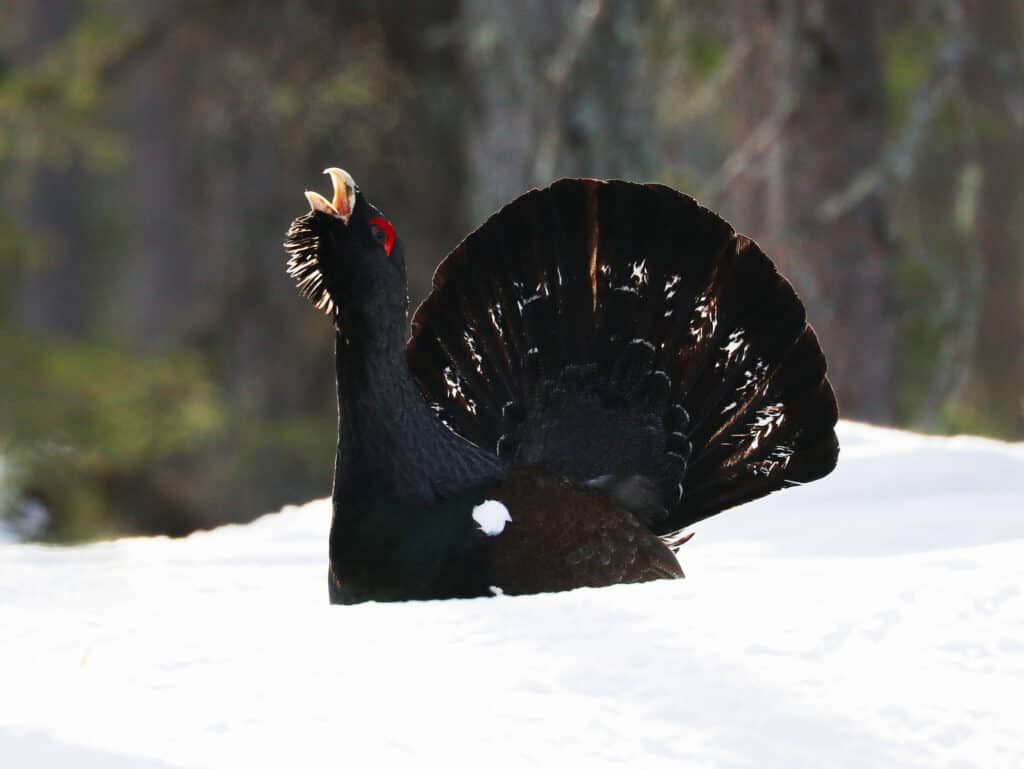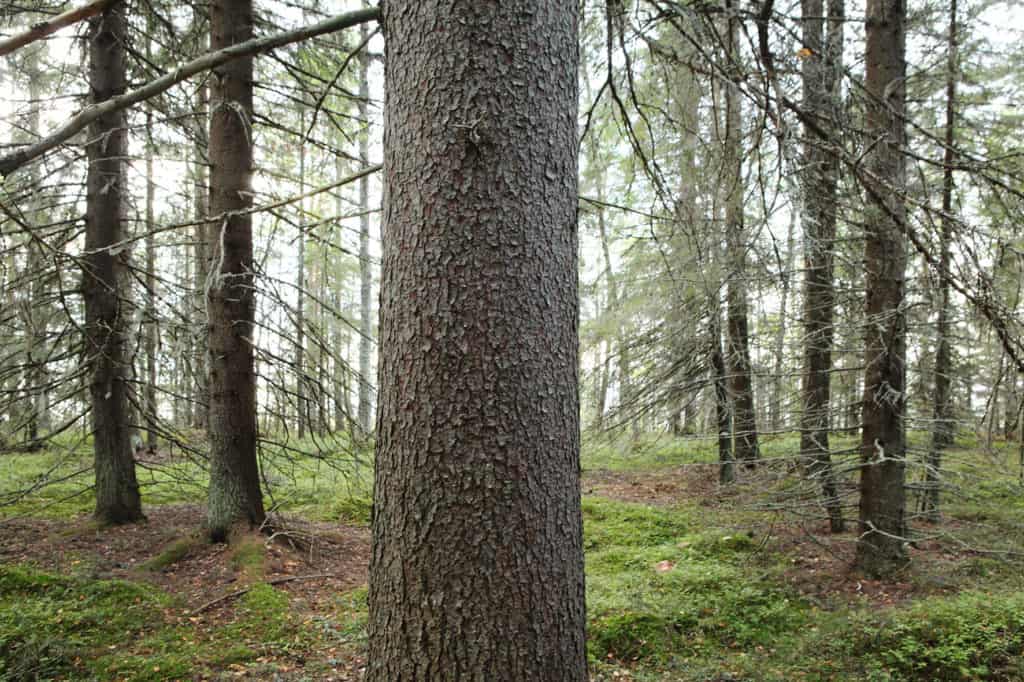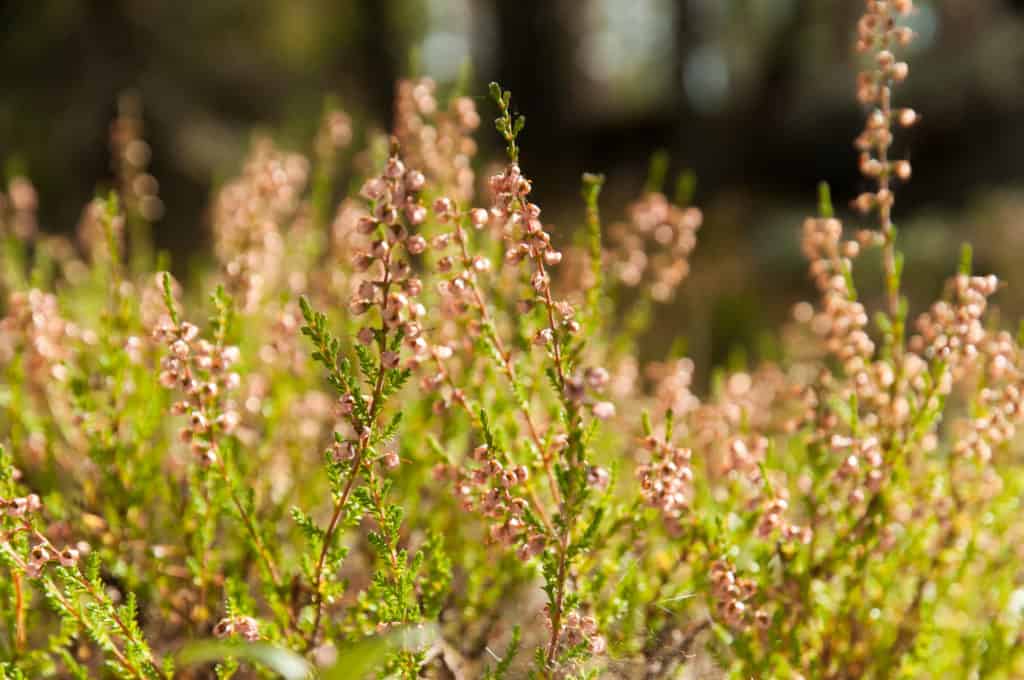The Finnish Natural Heritage Foundation recently acquired a forest estate called Kettukallio, which is located within the Tortinmäki region of Paattinen, approximately 25 kilometres away in a northern and northeastern direction from the centre of Turku. We shall submit an application to preserve the forest in accordance with the nature conservation act, regarding its vegetation, organisms, and soil so that they are allowed to flourish in their natural state. After the protection, you are allowed to move freely in the area as well as pick berries and mushrooms there.
Kettukallio has an area of a little less than ten hectares, and the place consists of typical south boreal coniferous forest. The majority of it represents fresh heath of blueberry type with one tenth being made up of dry heath of lingonberry type. One fifth of the area consists of barren heath of heather type, and the name of the area is actually derived from an outcrop located within this section along with its reindeer lichens. Of the tree stand, 60 percent is pine, the rest is spruce. The hold-overs are approximately 90 years old, some of the pines are older and shield-barked.
The hold-overs have not been exposed to cuttings for a long time, and therefore, wood appears in many cubic metres, almost 300 per hectare on average, which is twice as much as the forests of Southwest Finland usually contain. The trees are currently more or less the same age, but the composition has gradually started to vary due to windfalls, and at the same time, decayed wood has started to appear in larger quantities, which is good for many of the species living in the forest. The willow tit and the crested tit, both common species in old forests, are already thriving there, but fungal and insect species that require decayed wood have not yet emerged. Around the rocky area, you can see a few swamp depressions that contribute to the area’s versatility.
In addition to preserving diversity, the protection of the Kettukallio area is also about its role as a carbon sink. The forest is already an important carbon storage, and the amount of carbon will continue to increase significantly for a long time. Carbon is not only stored in wood, but the detritus also takes the carbon into the soil. It is believed today that an old forest can store carbon in its soil for thousands of years even if its tree stand and vegetation no longer grew in numbers.
Kettukallio is situated in the vicinity of the Kurjenrahka National Park, which includes a section called Vajosuo located approximately four kilometres northwest of Kettukallio. As a result, Kettukallio adds to the network of Southwest Finland’s conservation areas in close proximity to this wide national park.
(Photo: Mikko Hovila)




